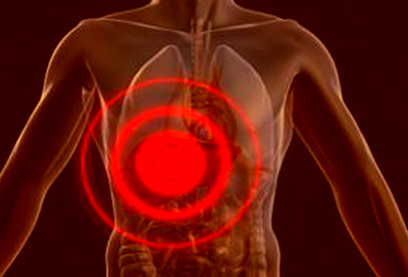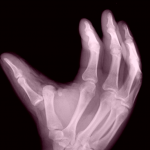Liver pain after drinking is one of the most common symptoms associated with alcohol induced liver problems. A majority of the cases of liver pain can be traced to prolonged abuse of alcohol. In cases of liver pain after drinking, the condition is normally caused due to damage of the liver resulting from long term alcohol abuse, which is above the processing capabilities of the liver.

Alcoholism and liver pain after drinking
The liver is an essential organ of the body which carries out a number of vital functions, including the storage of glycogen, production of bile and processing of proteins and fats. The most important function of the liver is to help in the elimination of harmful and unwanted toxins from the body. After the intake of alcohol, it is absorbed into the bloodstream occurring in the intestines and stomach and then transferred to the liver. The liver then processes it, in addition to the blood, before it is circulated to other areas of the body.
The metabolism of alcohol is done by the enzyme present in the liver cells. These enzymes turn alcohol into different chemicals, which are ultimately broken down into carbon dioxide and water. These byproducts are later eliminated from the body via the lungs and the urinary tract respectively.
How does drinking affect liver?
It is important to note that even though the liver is capable of processing alcohol, its capacity to do so is limited. Increased intake of alcohol tends to exert excessive pressure on the liver to process it, causing it to work that much more and thus damaging it. Due to such liver damage, the metabolic activities of the liver are compromised, which then lead to harmful effects across the body. One such adverse effect is the occurrence of liver pain after drinking, which is typically associated to alcohol addiction.
Liver pain after drinking, primarily caused due to alcoholism, can adversely affect the liver in various ways as listed below:
- Fatty liver: It is a condition featuring excess accumulation of fat inside the cells of the liver. This disorder is not harmful by itself, but its aggravation can lead to complications such as alcoholic cirrhosis and alcoholic hepatitis, when left untreated.
- Alcoholic cirrhosis: The condition is marked by gradual replacement of the normal liver tissues by scarred tissues. The constant destruction of liver cells affects the ability of the liver to function optimally, thereby increasing its workload stress. It is understood that liver pain after drinking is one of the first symptoms indicating increased vulnerability to developing alcoholic cirrhosis. Untreated cases can result in liver failure.
- Alcoholic hepatitis: It normally features mild to extreme inflammation of the liver. Cases of mild hepatitis may not result in any signs, but extreme hepatitis will elicit symptoms such as pain in liver, yellowing of skin, etc. A serious episode of hepatitis can even lead to liver failure.
It may be noted that the symptom that is common to all of the above listed conditions is liver pain after drinking, wherein the intensity of pain differs from one alcoholic individual to another. Liver pain after drinking may occur as sharp episodes of pain after regular intervals, or as constant moderate pain. It is important to immediately consult a doctor when one experiences liver pain after drinking.


